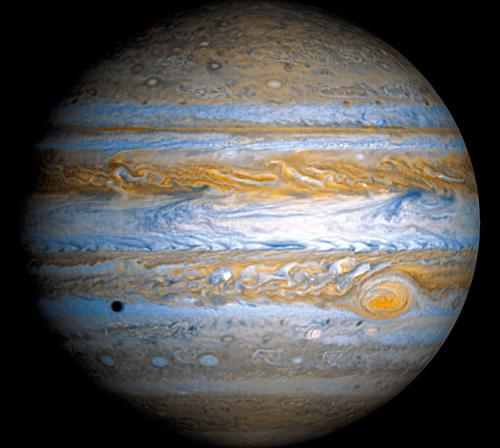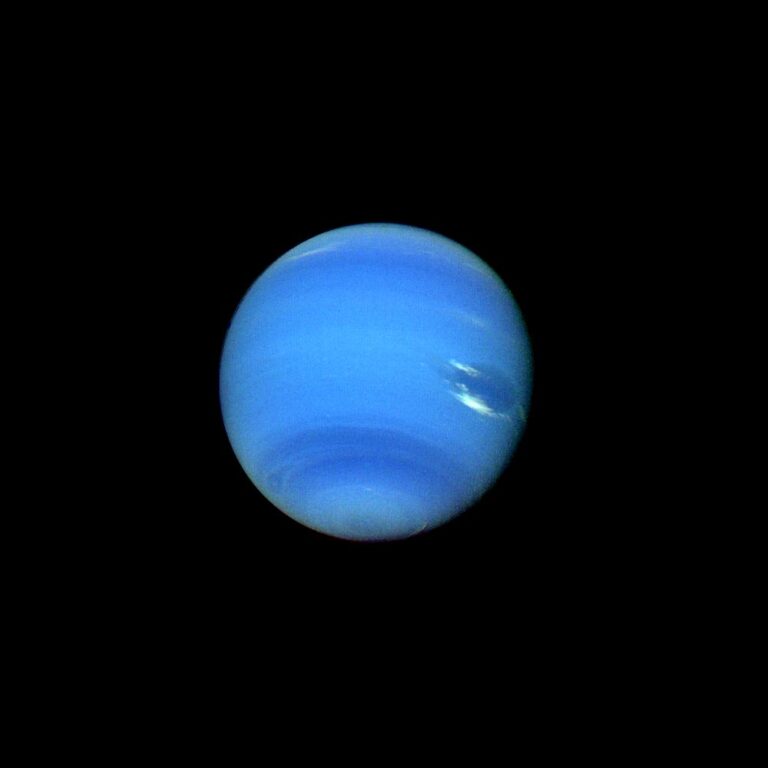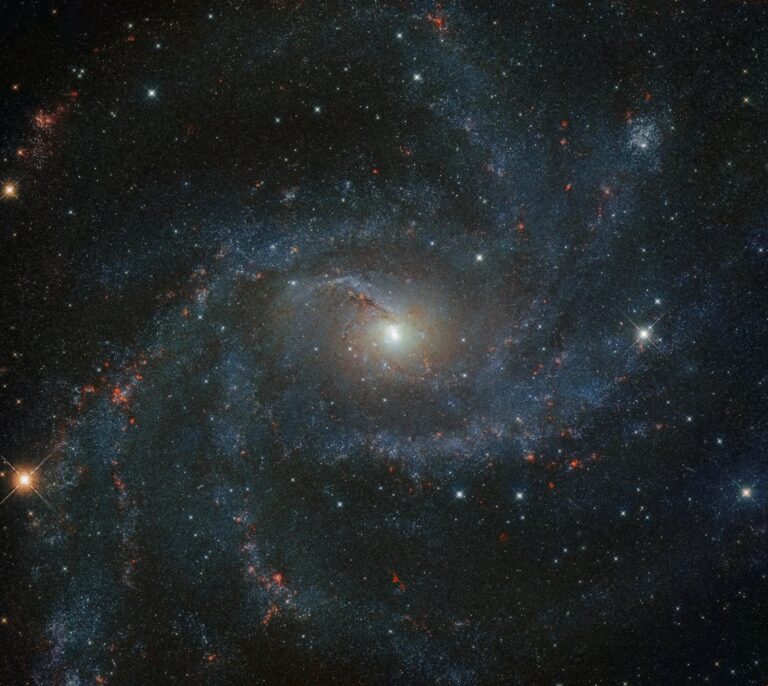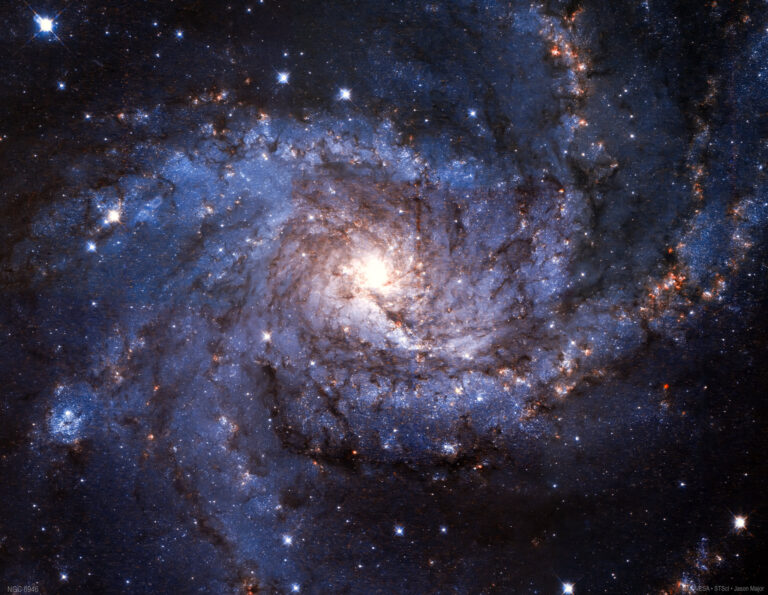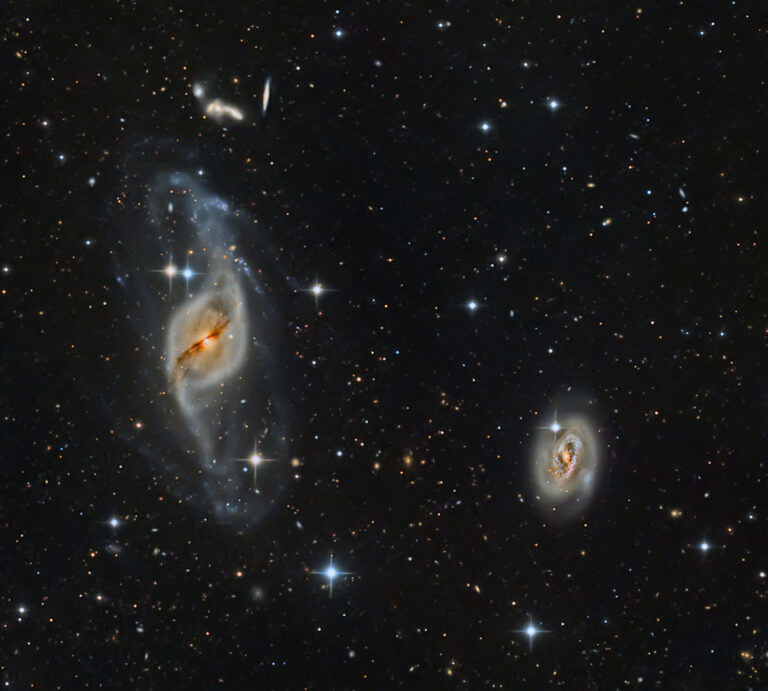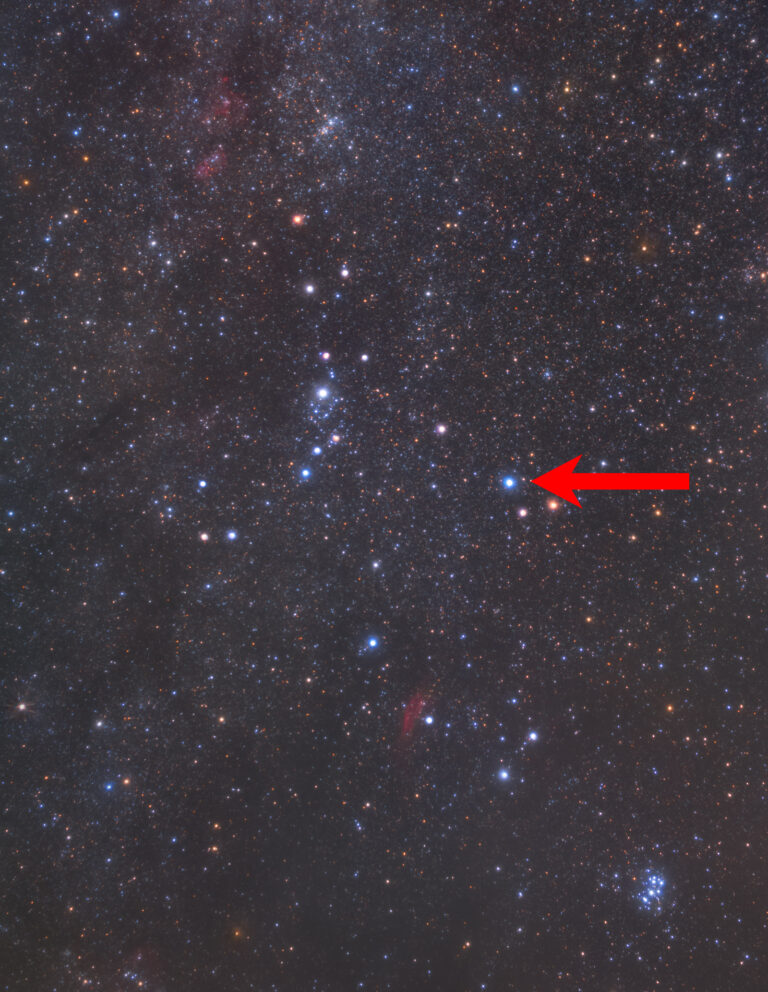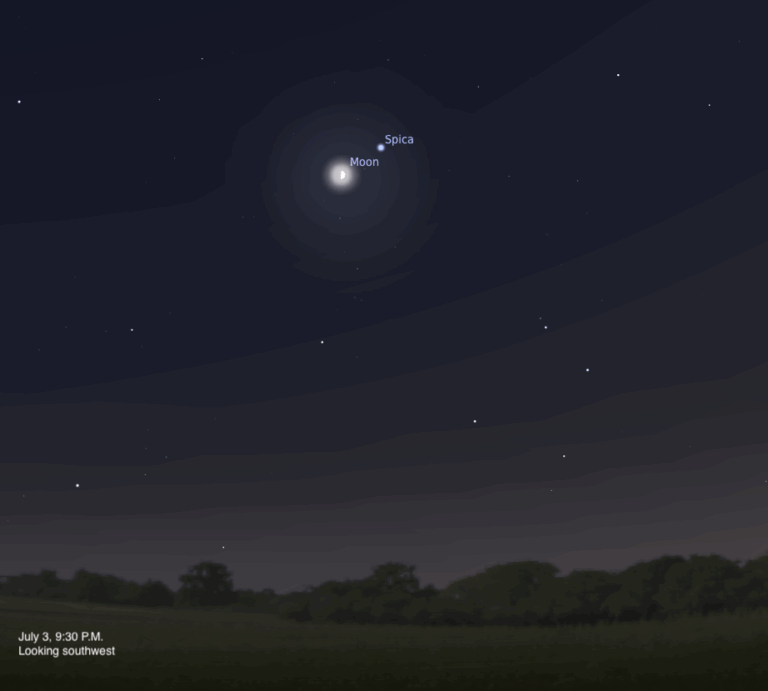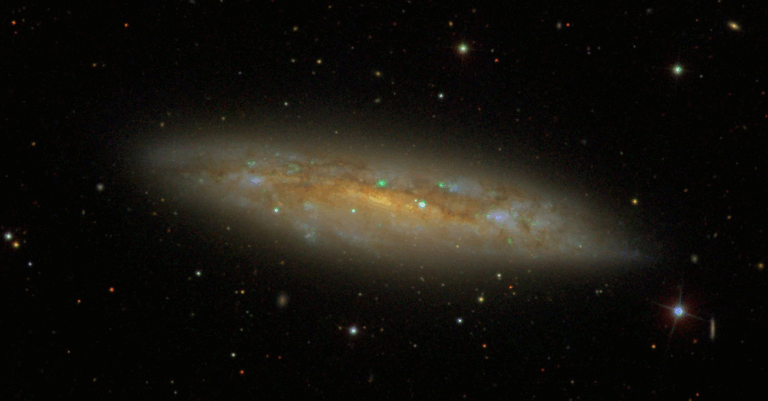Key Takeaways:
I feel dismayed whenever I learn of a public star party that’s held on a moonless night — especially if it’s being planned for children. Big mistake! The party hosts deprive their audience of arguably the most spectacular telescopic sight the night sky has to offer. I rarely hear someone gasp in awe when viewing the Andromeda Galaxy (M31) through my telescope. But the Moon? Awesome! Fantastic! Wow!
In addition to the “wow” factor, there’s a practical reason for selecting the Moon as a star party’s opening act. It’s an easy-to-view telescopic sight. Many beginners don’t know how to look through a telescope.
On those infrequent occasions when I’ve had to conduct a star party on a moonless night, I’ve watched them struggle even to see a bright planet like Jupiter. Some position themselves a foot away from the eyepiece, squinting helplessly. Others lurch forward, crunching an eye into the telescope. These mishaps are largely avoided when the Moon is in view. Its light fills the eyepiece — a friendly guide that leads novices to the proper viewing position.
If you’re planning a public star party for Astronomy Day and haven’t yet set an agenda, here’s a suggested schedule:
Around sunset, kick things off with a brief indoor introductory session. A slide or PowerPoint presentation provides the audience with pointers on how to look through a telescope and introduces people to the cosmic sights they’ll be exploring.
Before sending everyone outside, hand out a flyer listing astronomy resources for the novice (such as Astronomy magazine and Astronomy.com). If you contact Astronomy at least 6 weeks in advance of any public star party you’re planning, we’ll send you beginner-friendly handouts.
Act two: the star party
It’s show time, so give them that grand overture — the Moon. Select a magnification that affords a comfortable view of the entire lunar disk. Then, let your telescope weave its magic. No need to lecture — the Moon says it all.
Once everyone has “ooh-ed” and “ah-ed” at the Moon, take a short break, then assemble everyone for a star and constellation orientation. Begin with Regulus, that bright star near the Moon. From there, go to the Big Dipper, riding high overhead. Show how the Pointer stars lead the way to Polaris, while the Dipper’s handle lets us “Arc to Arcturus,” then “Speed to Spica.” Direct their attention to Capella and the “Twin” stars Castor and Pollux, slowly setting in the west, then move northeast to Vega, forerunner of summer’s legion of stars. Finally, point out two bright “stars” — Saturn and Jupiter.
Your audience will marvel at the sight of Jupiter and its Galilean moons strung out to the sides like four cosmic pearls. Saturn and its rings will garner as many gasps of amazement as the Moon did.
Why start with the Moon and planets as targets? Well, May skies darken at a late hour, and younger attendees may have to leave early. Diehards are more likely to appreciate deep-space objects.
When I host a star party, I bring out the “heavy artillery” — a 10-inch Dobsonian-mounted reflector. However, I don’t want anybody going home with the idea that they need a big telescope to see night-sky wonders. If possible, I add a small-aperture telescope to the mix. It’s always gratifying when someone peeks into the eyepiece of my 10-inch Dob and exclaims, “Jupiter looked almost as good in that little scope over there as it does in this big one!”
Whether conducted on Astronomy Day or another time of year, a well-planned star party is a wonderful way to bring astronomy to the people.


